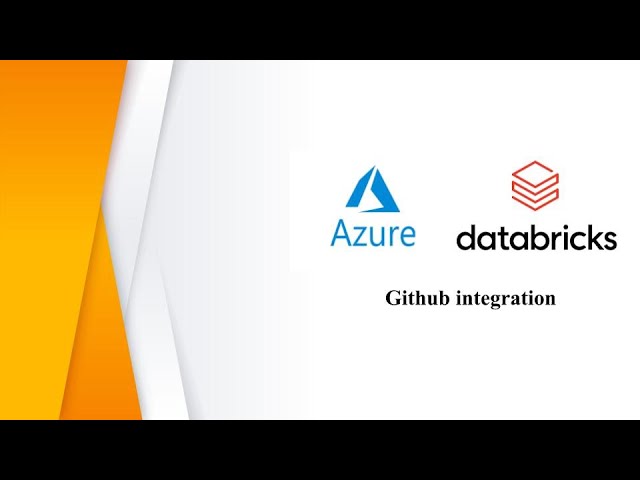To define and apply cluster policies using the Azure Databricks APIs and CLIs, follow these general steps:
- Define the Cluster Policy:
- Determine the desired configuration settings, permissions, and lifecycle management rules for your cluster policy.
- Prepare a JSON or YAML file that represents the cluster policy with the necessary parameters and values.
- Use Azure Databricks APIs:
- Create a new cluster policy by making a POST request to the
/api/2.0/preview/azure/clusters/policies/createendpoint. Provide the required details, including the policy name, description, and the JSON or YAML file containing the policy definition. - Retrieve a list of existing cluster policies using a GET request to the
/api/2.0/preview/azure/clusters/policies/listendpoint. - Update an existing cluster policy by making a PATCH request to the
/api/2.0/preview/azure/clusters/policies/editendpoint, specifying the policy ID and the updated policy definition.
- Create a new cluster policy by making a POST request to the
- Use Azure Databricks CLI:
- Install and configure the Azure Databricks CLI on your local machine.
- Use the
databricks clusters policy createcommand to create a new cluster policy, providing the necessary parameters and the path to the JSON or YAML file containing the policy definition. - Use the
databricks clusters policy listcommand to retrieve a list of existing cluster policies. - Update an existing cluster policy using the
databricks clusters policy updatecommand, specifying the policy ID and the updated policy definition.
- Apply Cluster Policies to Clusters:
- When creating a cluster, specify the
policy_idparameter and provide the ID of the desired cluster policy. This associates the cluster with the defined policy, applying the specified configuration and rules to the cluster.
- When creating a cluster, specify the
It’s important to refer to the official Azure Databricks documentation for the exact syntax, parameters, and endpoints to use when working with the APIs and CLIs. The documentation provides detailed examples and guidance on how to interact with Azure Databricks programmatically to define and apply cluster policies.
SHARE
